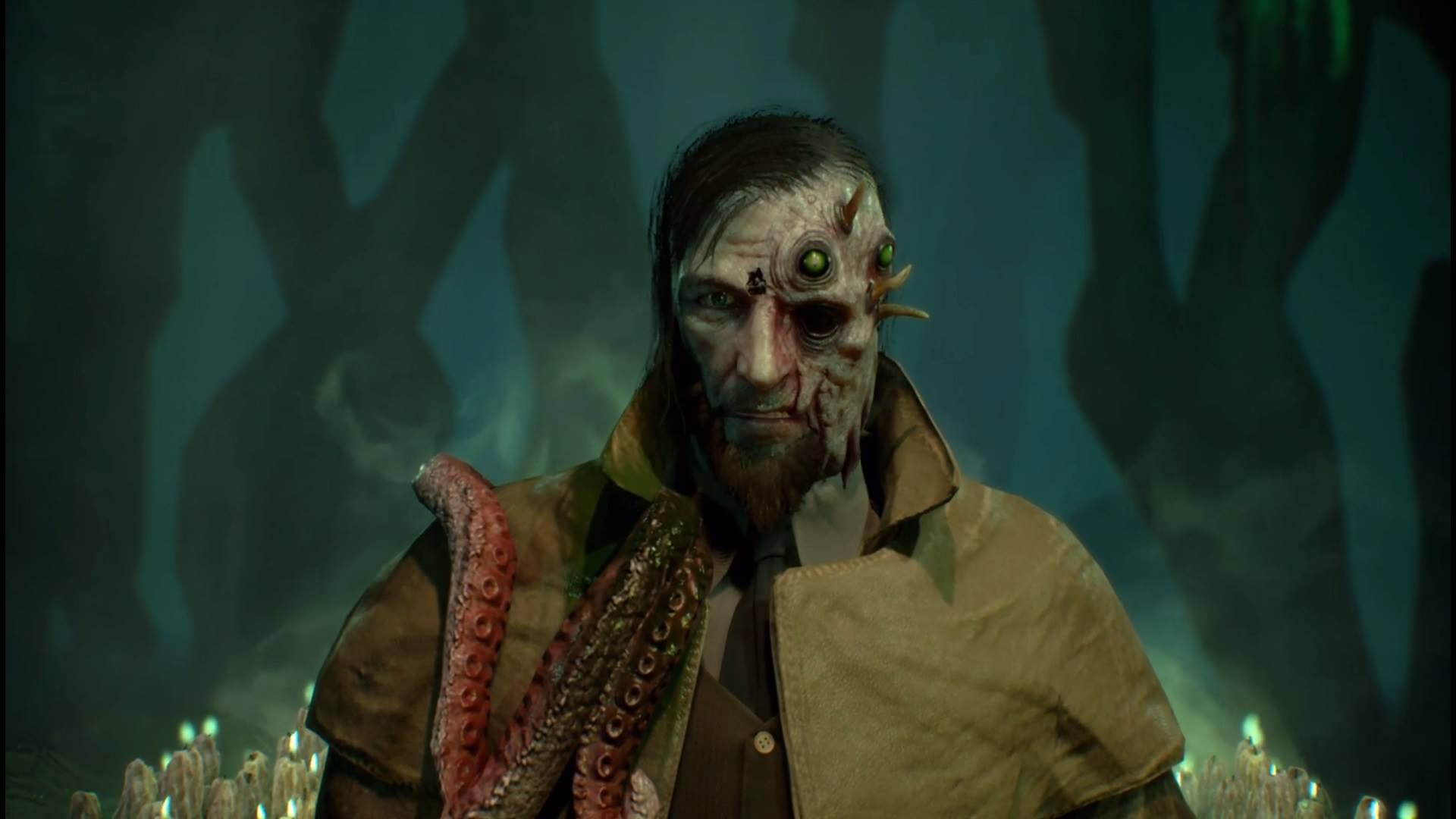

That said, it does not deal with the more reprehensible aspects of Lovecraft’s character and thus his fiction, but that is probably best left for another discussion. Others author covered include August Derleth, Robert Bloch, Ramsey Campbell, and more, but the focus is soundly on Lovecraft himself. Lovecraft and theĬthulhu Mythos’ examines the author and his influences, the creation of the Cthulhu Mythos, the development of the Mythos before and after his death, and the Mythos itself. Lovecraft’s ‘The Call of Cthulhu’, the chapter ‘H.P.

Now this is lamentable, but given the limitations of the space in the book and the amount of material that has to go into the book, it is at least understandable. Indeed there is no fiction present at all, that being left to the Call of Cthulhu Investigator Handbook and its inclusion of ‘The Dunwich Horror’. What is noticeable by its absence in these opening pages is H.P. So whilst there are overviews and examples of play in both books, each is slightly different. The use of colour is not extensive, but the use of double page spreads at the start of each chapter gives the book a certain grandeur, whilst the use of pages torn from a notebook to hold sidebar text gives a sense of marginalia, of extra esoteric details added by an ‘occult expert.įor the most part, much of the first fifth of the Call of Cthulhu Rulebook is the same as the Call of Cthulhu Investigator Handbook, but there are differences enough to make reading one of these books after the other less of a repetitive experience.
THE CALL OF CTHULHU SUMMARY FULL
Just as with the Call of Cthulhu Investigator Handbook, the Call of Cthulhu Rulebook is presented in full colour-here a soft blue as opposed to the sandy tan of the Call of Cthulhu Investigator Handbook. It is this book that is being reviewed here. All that without being exposed to the secrets of the Mythos and its effects that are detailed in the Call of Cthulhu Rulebook. Of these two, the Call of Cthulhu Investigator Handbook focuses upon everything that a player needs to play Call of Cthulhu, Seventh Edition-barring a clear and simple explanation of the rules-including investigator creation, skills, a wide array of investigator Occupations, and historical background. Published by Chaosium, Inc. after a very successful-although subsequently difficult- Kickstarter campaign, the very first thing that you notice about Call of Cthulhu, Seventh Edition is that rules have been split into two books-the Call of Cthulhu Investigator Handbook – A Core Game Book for Players and the Call of Cthulhu Rulebook. The result is a relatively radical redesign whose differences-despite it fundamentally being compatible with previous editions of the game-have proved to be slightly contentious given the game’s thirty year history and whilst they may not necessarily be to the taste of every player or Keeper, they do make sense. In the process, the designers-Mike Mason and Paul Fricker working from the earlier editions designed by Sandy Petersen and the late Lynn Willis-have sought to address some fundamental issues that have arisen in over thirty years of game play, to make the game more accessible, and more attractive to an audience of the twenty-first century.

Rather Call of Cthulhu, Seventh Edition is a full rewrite and design of the game, the mechanics, and how the game is played, arguably something that it has not been given in some two decades-if not longer.

For this is not a mere case of intermittent creep between reprints or makeovers of the current rules with relatively minor changes in the rules, an issue that has beset previous editions of Call of Cthulhu.
THE CALL OF CTHULHU SUMMARY UPDATE
The venerable and inaugural roleplaying game of Lovecraftian investigative horror receives not only a new edition, but also an update and an upgrade-and proper updates and upgrades in either case. So it is at long last that Call of Cthulhu, Seventh Edition, is a reality.


 0 kommentar(er)
0 kommentar(er)
